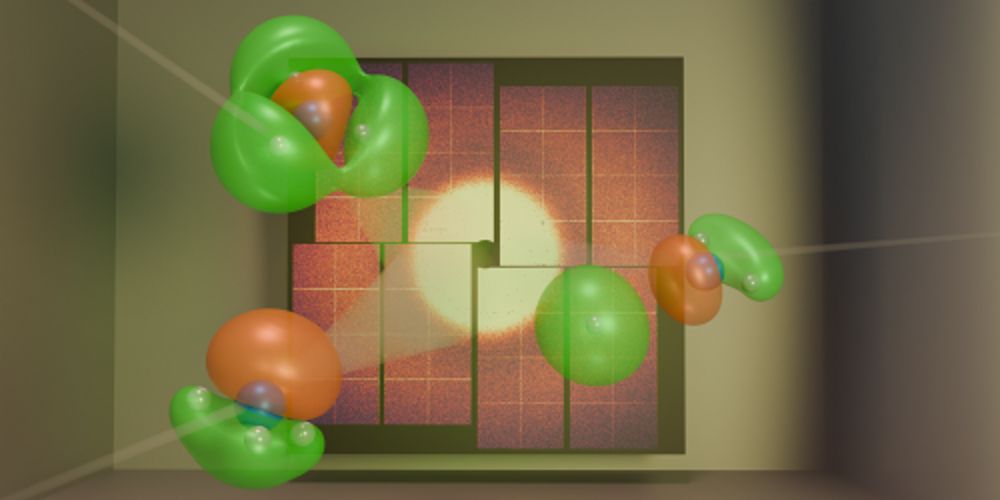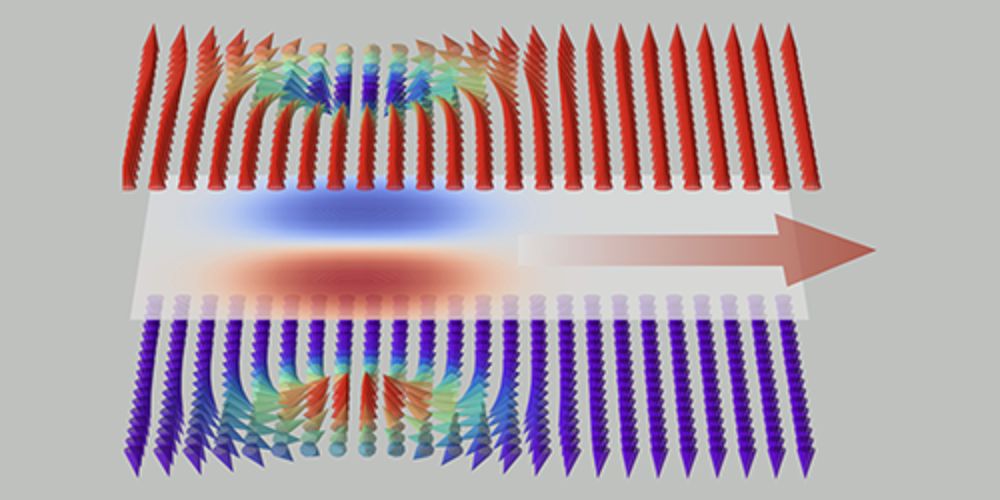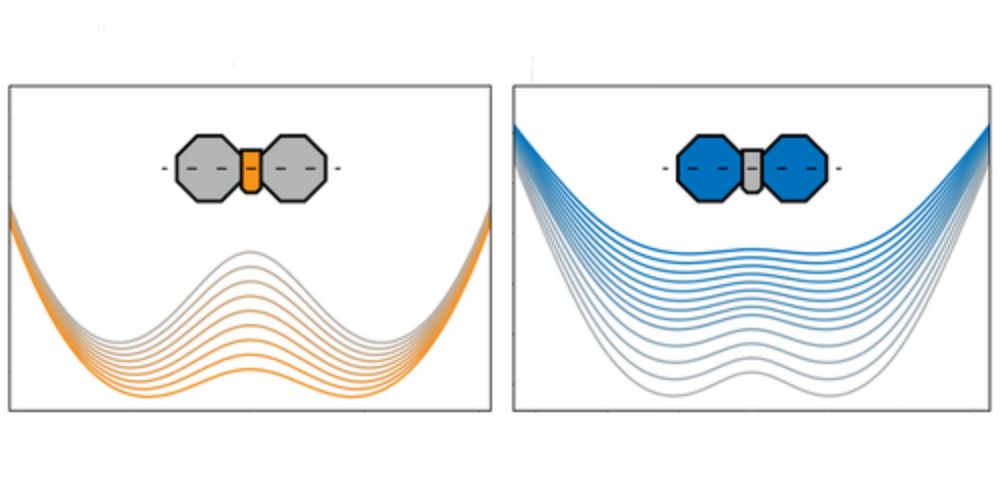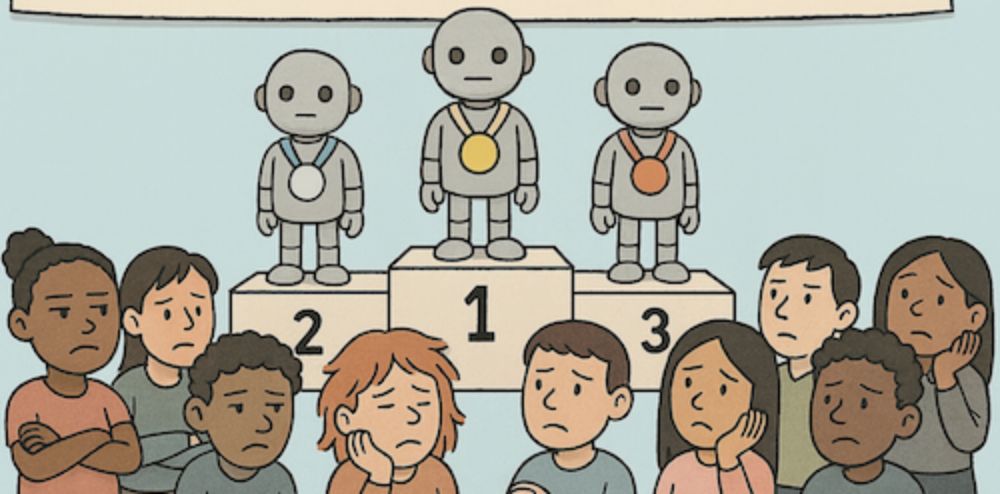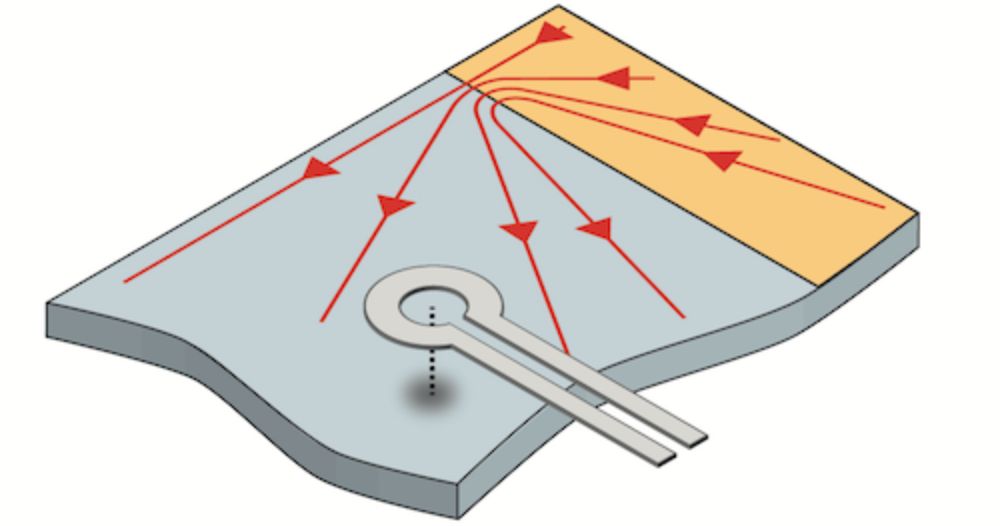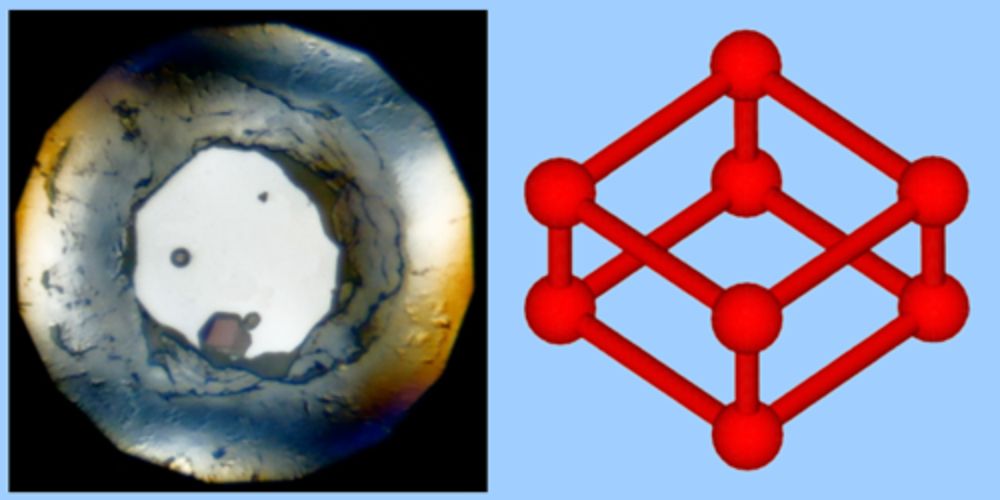A 2018 experiment suggested that low-energy muon neutrinos quantum-mechanically flip into electron neutrinos more frequently than predicted, possibly because of new flavors of neutrinos. Now a follow-up experiment with a different design excludes that explanation.
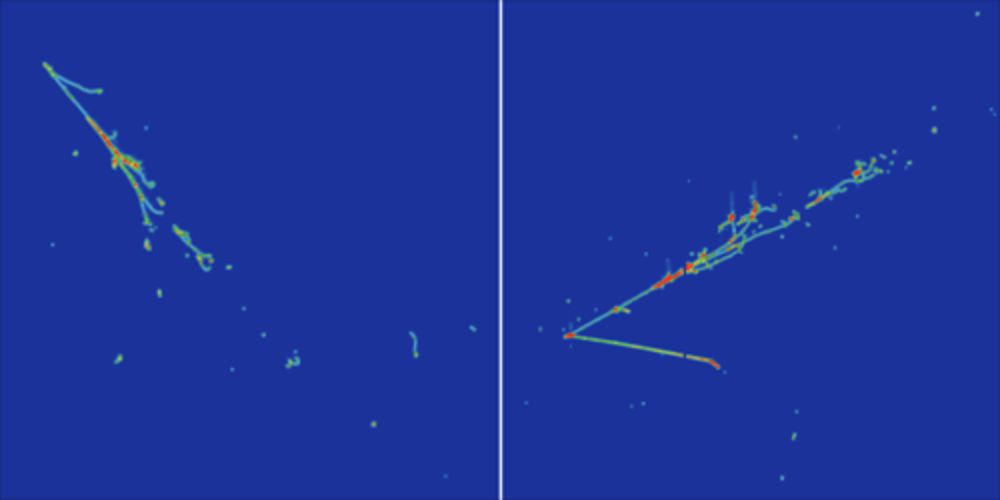
Latest Data Rule Out a Leading Explanation of a Neutrino Anomaly
The MicroBooNE experiment’s five-year dataset has shown that an unpredicted neutrino-flavor oscillation is not the cause of anomalous results obtained by its predecessor.
